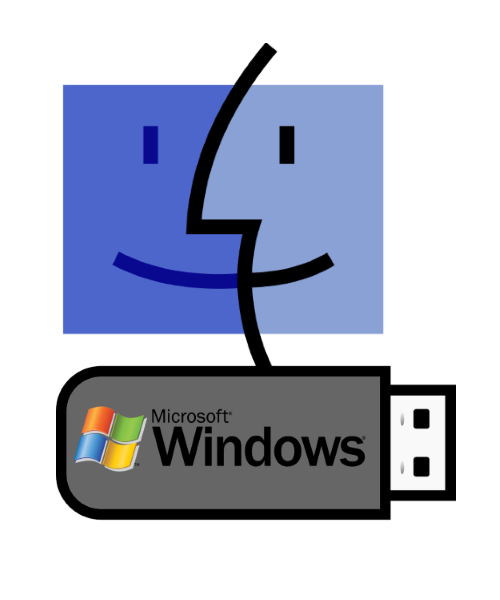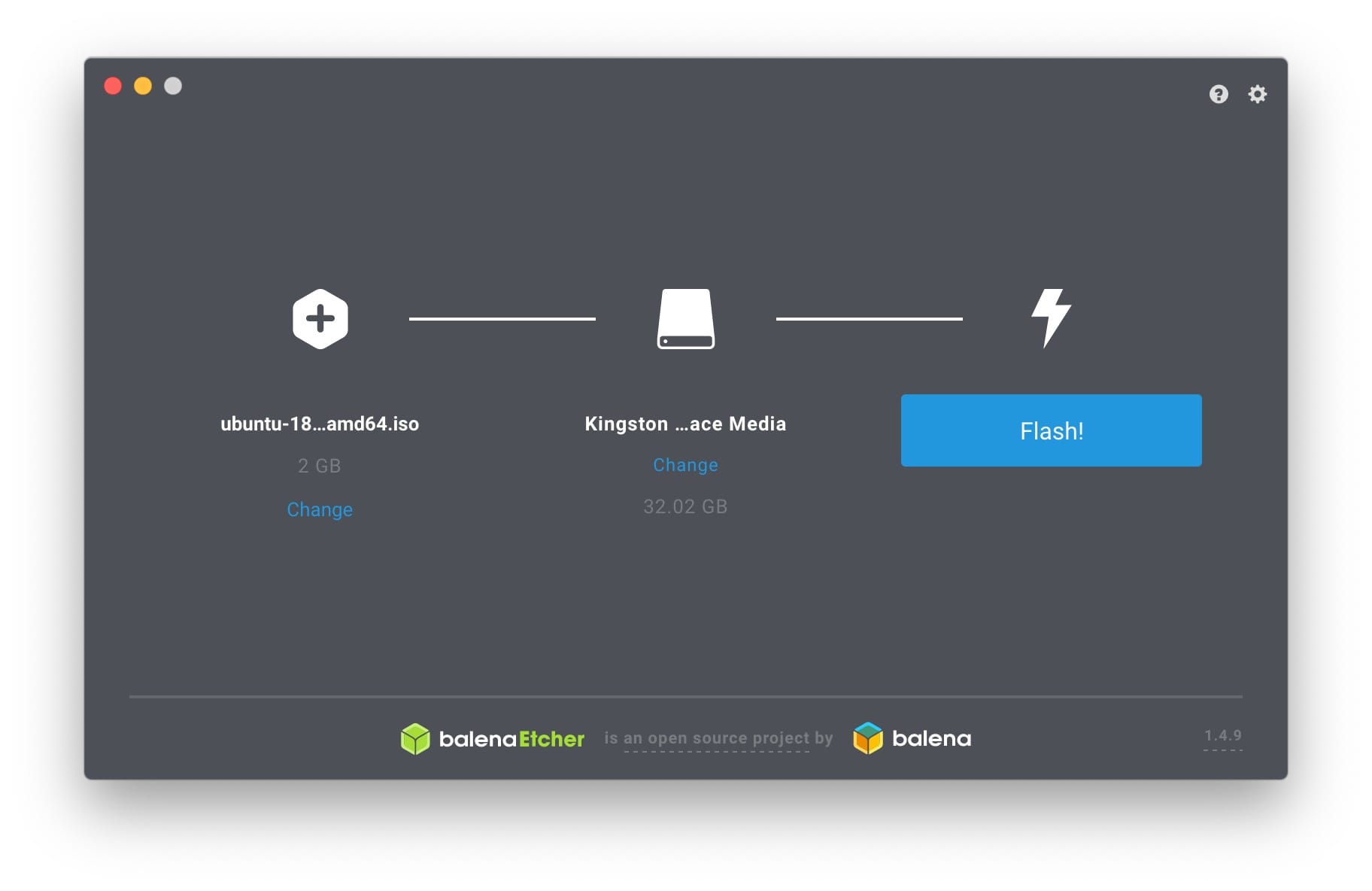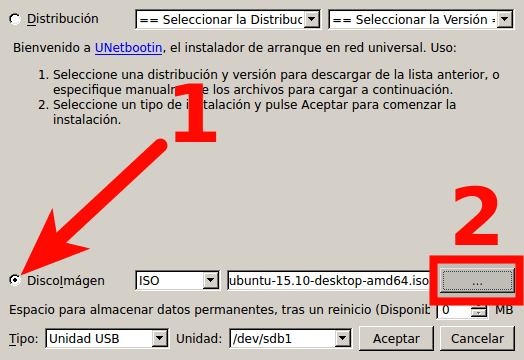

- Bootable usb linux for mac how to#
- Bootable usb linux for mac mac os x#
- Bootable usb linux for mac mac os#
- Bootable usb linux for mac windows 10#
- Bootable usb linux for mac pro#
Bootable usb linux for mac mac os#
After about 30 seconds, a window pops up saying “ Can’t download the additional components needed to install Mac OS X” and the installation gives up. I tried that with this machine, and upon hitting “Reinstall MacOS X” was greeted with a prompt telling me it would take -2,148,456,222 days and 8 hours (an uncaught buffer overflow, me thinks). Having recently fixed a busted MacBook Air I had learned a bit about Recovery Mode (hold Command+R whilst pushing the Power button and release a few seconds after the machine wakes up).

Since there wasn’t much worth saving I wiped it and initiated recovery mode in order to re-install OS X (El Capitan).
Bootable usb linux for mac pro#
I was recently given a 2011 MacBook Pro that had been “well-loved” and was therefore a mess of missing applications, ghost files and generally slow-as-hell.
Bootable usb linux for mac mac os x#
No matter which method you prefer, be sure that you backup any important data on your USB drive, as the procedure of creating bootable USB will delete everything on it.How to make a bootable USB drive on Linux Mint (19.3) to allow you to install Mac OS X El Capitan on a MacBook with broken or corrupted recovery mode.
Bootable usb linux for mac windows 10#
These should be the easiest ways to create a Windows 10 bootable USB from ISO on Mac, without using Boot Camp Assistant.
Now you should be able to boot from the USB to install Windows 10 on your Mac or Windows machine. 

This command will take a while, and once it finishes, you can disconnect the mounted ISO with this command:
Finally, run the following command to copy all the files from the mounted ISO to your USB drive.Ĭp -rp /Volumes/ESD-ISO/* /Volumes/WIN10/. Hdiutil mount ~/Downloads/your_windows_10_image.iso In my case, it is mounted as a volume named “ ESD-ISO“. Now, mount your Windows 10 ISO image with the command below, assuming it’s saved the Downloads folder. Next, run the following command to format your USB drive and name it “ WIN10“, where # is a placeholder for the disk identifier of your USB drive.ĭiskutil eraseDisk MS-DOS "WIN10" GPT disk#. In my example, my USB drive is mounted as “ disk2” and it’s about 32GB. You have to figure out the disk identifier of the USB drive you need to format. After connecting a USB drive to your Mac, open a Terminal window and type diskutil list to display all the disks attached to your machine. Of course, if you prefer not to use third-party software, you can still use the excellent Terminal app, which is a little bit more involved, but no additional software needs to be installed. Method 2: Create Windows 10 Bootable USB on Mac Using Terminal This process takes several minutes or longer, depending on the size of your selected ISO image. Click OK to start installing to the USB drive. Choose Type as USB Drive and select the device name of your USB drive (you probably would’ve noted it down earlier, so refer to that). After locating your Windows 10 ISO file, click on Open. Select the “ Diskimage” radio button, click “ …” to select a bootable ISO image. Next, download and launch the UNetbottin utility. Note down the device name since we will need that later. Select your USB drive from the left panel and click on Info button. Plug a USB drive into your Mac and open Disk Utility. If you’ve downloaded Windows 10 ISO image, here is how you can create a bootable Windows installer USB on Mac using UNetbootin. UNetbootin is a free, open source utility that allows you to create bootable USB drives on Windows, Linux, and Mac OS X. Method 1: Create Windows 10 Bootable USB on Mac Using UNetbottin Bootable usb linux for mac how to#
In this tutorial we’ll show you how to create Windows 10 bootable USB from ISO on Mac, by using the Terminal or third-party software like UNetbottin. How can I make a bootable Windows installation USB on Mac OS X? After upgrading to macOS Mojave, you may find that Boot Camp Assistant is no longer supported and thus creating a bootable USB turns out to be a little bit challenging.








 0 kommentar(er)
0 kommentar(er)
